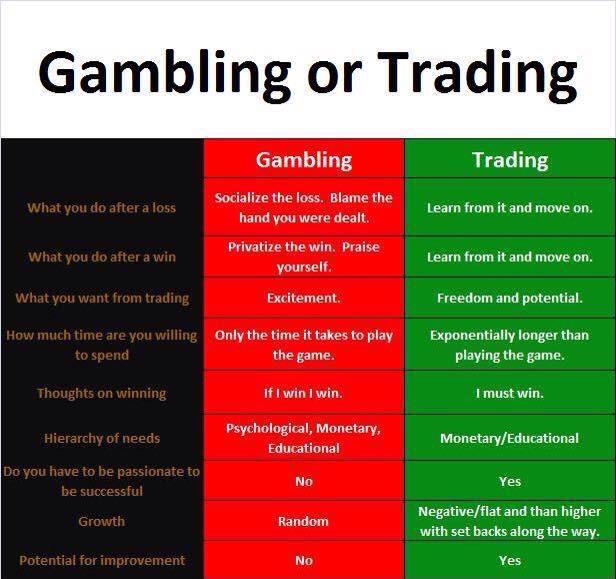
Who owns Greece debt? 60% by Eurozone



I ran across these rules for living, and thought they apply beautifully to the process of trading successfully. They are as follows:
Show up. Woody Allen has said 90% of the story is showing up. And I think that can be true for trading. Showing up means being prepared and ready before the market opens. It means getting your entry and exit orders in the market in a timely fashion. You’ve done your research, and you’re clear about your intentions.
Pay attention. Watch the price action. Be cognizant of what your chosen indicators are saying. Know what news is breaking, and watch the market’s reaction to the news. Be alert to twists and turns in market direction. Don’t wander off mentally or physically.
Live your truth. Your truth could be fundamental or technical or a combination of the two. But if you don’t trade in accordance with your guidelines, you can get yourself on the wrong side of the situation and yourself. Be who you say you are as a trader. Are you honest, perceptive, courageous, steady, and disciplined? Are you trading in the manner you have chosen or committed to trade.
Do your best. Honestly, all you can do is your best. But your best can get better as you practice and learn. Learn from your mistakes, and forgive yourself past digressions. Each day is a new day, and each day brings new opportunities. It’s your job to capture what you can of the opportunities even as you rigorously protect your capital.
Don’t be attached to the outcome. This is the hard part, and this is the essential part. The results of any given trade or trading day are really not indicative of whether or not you will be profitable. One trade or day is simply not the measure of success, and is really irrelevant. If you’re showing up, and paying attention, and living your viable truth, and doing your best, you can accept whatever outcome develops. Of course, if the outcome is disastrous over time, you need to go back to the drawing board and develop better methods.

Ever heard of the Graham Number? This was a formula developed by Ben Graham, the father of securities analysis, to determine the fair value for a stock.
The Graham Number is:
The square root of [earnings-per-share * book-value-per-share * 22.5]
(Take note that earning-per-share divided by book-value-per-share is our good friend return on equity.)

 No stock trader should be without Technical Analysis of Stock Trends by Robert Edwards and John Magee. Originally penned in 1948 and revised numerous times over the years, it is a classic. What Edwards and Magee wrote 60+ years ago is today still the same as it ever was.
No stock trader should be without Technical Analysis of Stock Trends by Robert Edwards and John Magee. Originally penned in 1948 and revised numerous times over the years, it is a classic. What Edwards and Magee wrote 60+ years ago is today still the same as it ever was.
In a chapter entitled “Stick To Your Guns” we find the following words of wisdom for those traders who seek the oftentimes elusive peace of mind of the disciplined few.
It has often been pointed out that any of several different plans of operation, if followed consistently over a number of years, would have produced consistently a net gain on market operations. The fact is, however, that many traders, having not set up a basic strategy and having no sound philosophy of what the market is doing and why, are at the mercy of every panic, boom, rumor, tip, in fact, of every wind that blows. And since the market, by its very nature, is a meeting place of conflicting and competing forces, they are constantly torn by worry, uncertainty, and doubt. As a result, they often drop their good holdings for a loss on a sudden dip or shakeout; they can be scared out of their short commitments by a wave of optimistic news; they spend their days picking up gossip, passing on rumors, trying to confirm their beliefs or alleviate their fears; and they spend their nights weighing and balancing, checking and questioning, in a welter of bright hopes and dark fears.
Furthermore, a trader of this type is in continual danger of getting caught in a situation that may be truly ruinous. Since he has no fixed guides or danger points to tell him when a commitment has gone bad and it is time to get out with a small loss, he is prone to let stocks run entirely past the red light, hoping that the adverse move will soon be over, and there will be a ‘chance to get out even,’ a chance that often never comes. And, even should stocks be moving in the right direction and showing him a profit, he is not in a much happier position, since he has no guide as to the point at which to take profits. The result is he is likely to get out too soon and lose most of his possible gain, or overstay the market and lose part of the expected profits. (more…)
 A system’s purpose is to ensure that we do not miss a breakout when a real trend comes, because missing a really strong trend is lethal – so lethal that we are willing to pay the price of many small losses, just in case the real one emerges.
A system’s purpose is to ensure that we do not miss a breakout when a real trend comes, because missing a really strong trend is lethal – so lethal that we are willing to pay the price of many small losses, just in case the real one emerges.
Each entry doesn’t guarantee a profit, in fact, each entry likely becomes losses. However, the odds is that if you follow it consistently, in the long run, you come out ahead.
